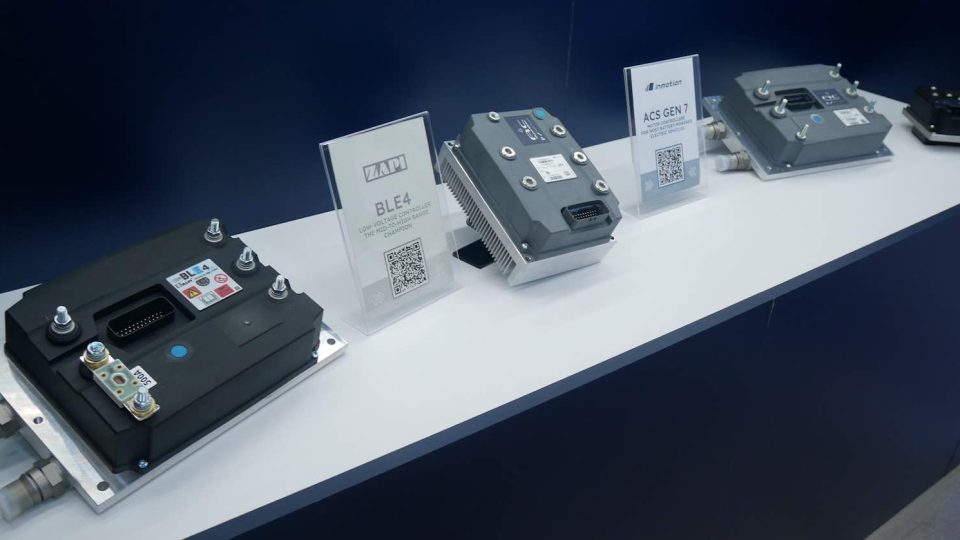K-Hem 1003 enriches Kohler’s hybrid series
First application powered by the Kohler hybrid unit K-Hem 1003 at GIS Expo 2021 in Piacenza, Italy

Kohler K-Hem Series makes its debut with the model K-Hem 1003 on board of the aerial working platform Spyder DT28 by Cela at the 8th edition of GIS Expo, the Italian trade show for lifting, handling and heavy transport experts, which took place from 7 to 9 October in Piacenza, Italy.
“The aerial working platform Spyder DT28 is the perfect example of the power to work together: it represents the outcome of a complete integration between the hybrid unit and the machine aimed at maximizing productivity and minimizing the battery pack size” declared Massimiliano Bonanni, General Manager Product Strategy at Kohler Engines.
In light of the changes that the new emissions directive has brought to the off-road applications sector beginning on 1 January 2019, Kohler has added a product to its array that is capable of meeting the new needs of equipment manufacturers in this sector. A variety of energy sources are available on the market. Rather than investigate their different applications and individual characteristics in order to set them up in competition with each other, Kohler has chosen to integrate them, to pair them with each other, so as to reap all of their potential value.
This is the philosophy behind K-Hem 1003, the unit that generates power using a combination of a Kdw 1003 18-kW diesel engine, compliant with Stage V standards and without Dpf, and a 48-volt electric engine that guarantees 15 kW of peak power and 9 kW of continuous power. This means that the unit is capable of providing over 30 kW without the need for exhaust-gas aftertreatment systems. What’s more, K-Hem can operate as a generator for energy accumulation systems.
Kohler K-Hem hybrid series features
The features that the K-Hem hybrid unit offers have been designed to satisfy the needs of all those types of equipment that are distinguished by intermittent duty operation cycles that call for power peaks (welders, mowers, tractors with implements, etc.) and machines that chiefly run continuous low load operation cycles, which prevent them from reaching the temperatures necessary for passive regeneration to occur inside the particulate filter (aerial platforms, forklifts, etc.).
With K-Hem, the power base is provided by the combustion engine, while the power peaks are guaranteed by the electric engine. This system, which complies with the limits laid down in Stage V standards, makes it possible for machines to avoid derating and guarantees high productivity levels. Indeed, the built-in master control unit allows users to monitor and manage working modes and transitions based on their needs.









